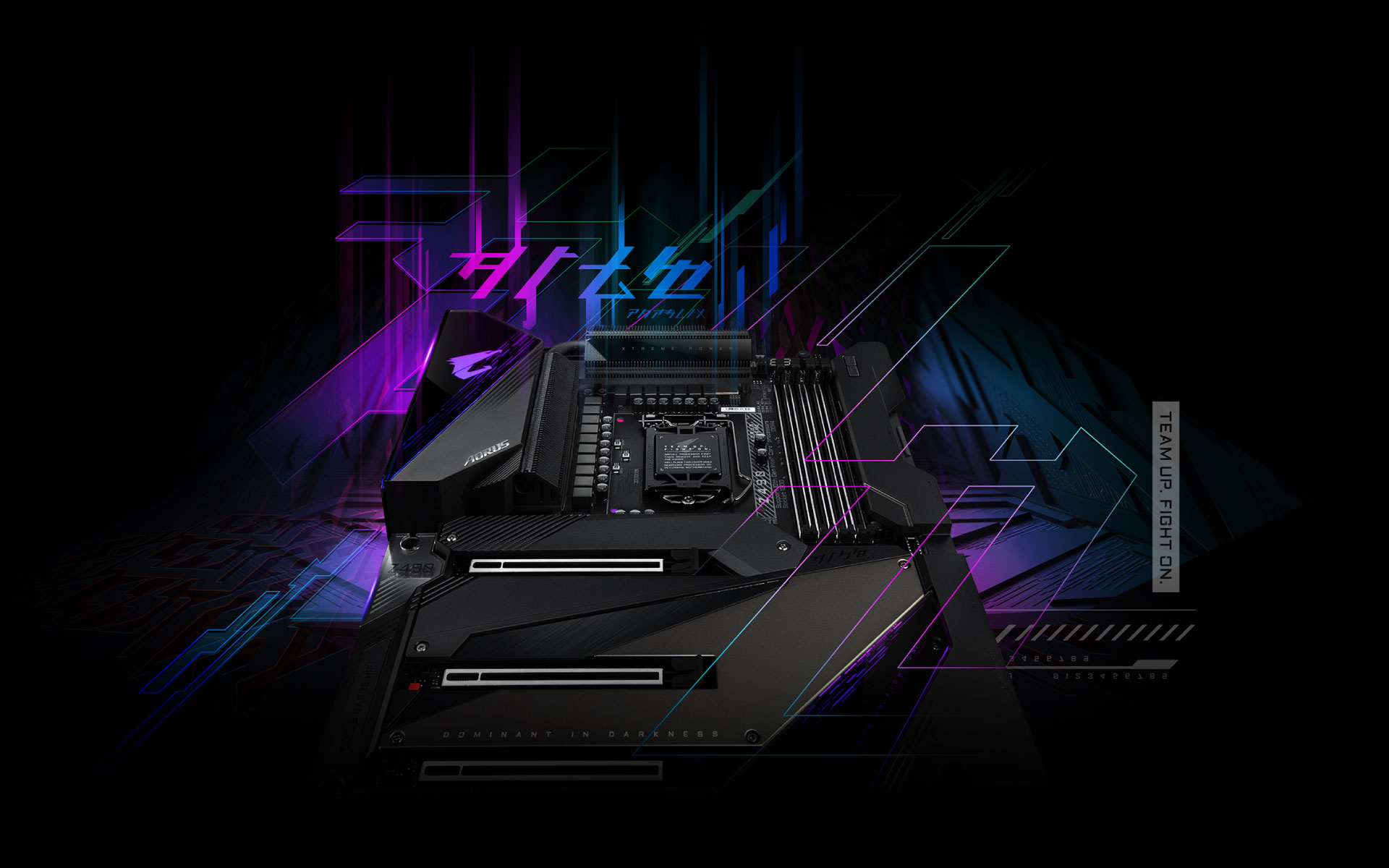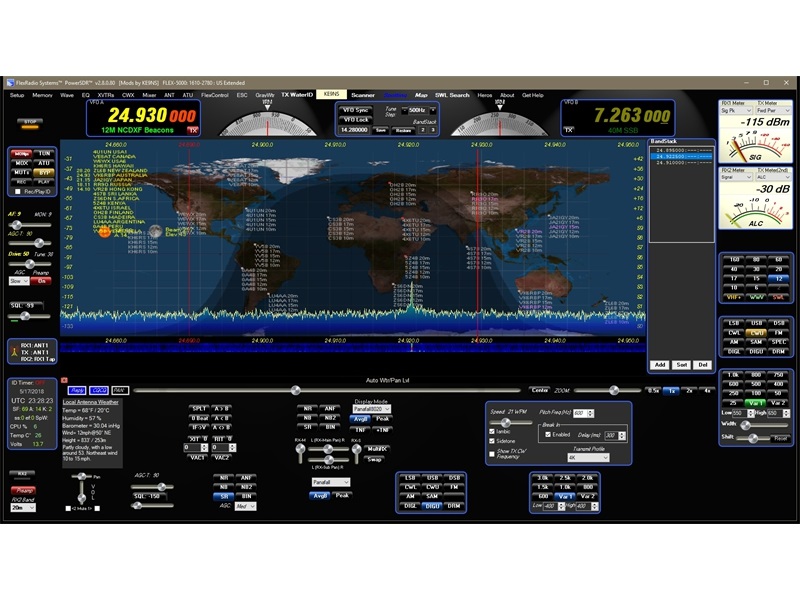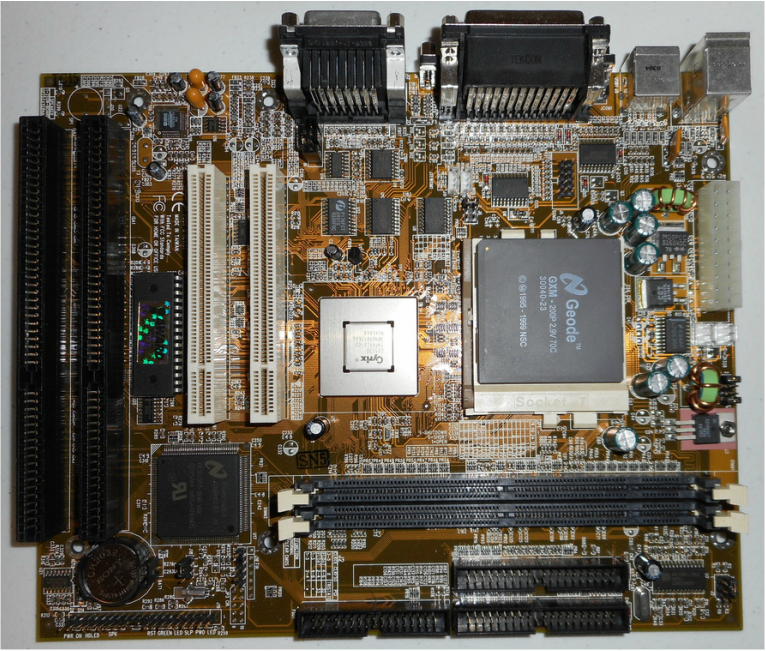Recently, Guy Atkins mentioned his first software defined radio receiver, the FlexRadio SDR-1000. In particular, he mused about trying to get this gear to work with different PC sound cards.
Remember sound card radio receivers? For many of us, our first experience with analog to digital conversion (ADC) was with sound cards in our computers. Here is how those early SDR worked, around twenty years ago.
Verifying the FlexRadio Firewire device driver is loaded and is Compatible with the Install Firewire Card. Please see the following HelpDesk article, Verifying Firewire Card Compatibility with the FLEX Firewire Driver, to verify that the FlexRadio Firewire device driver for the FLEX-3000 and FLEX-5000 is loaded and the Firewire card is compatible. Products certified by the Federal Communications Commission and Industry Canada will be distributed in the United States and Canada. Please visit the ASUS USA and ASUS Canada websites for information about locally available products.
Motorola engineer Dan Tayloe invented a quadrature sampling detector. You could use this very simple circuit to convert radio signals down to quadrature (I/Q) signals at baseband. What was neat about this approach was your ability to just feed these baseband signals into the stereo sound card on your computer, and do the rest of the demodulation in software. Effectively, you created a direct conversion or low IF receiver using the Tayloe product detector.
How good were these early SDR sound card radios? That depended on the sampling rate and bit depth of your PC sound card. Early sound cards ran around 44 kHz sampling rate at 8 bits. With a stereo sound card, the sampling bandwidth was the same as the sampling rate. Dynamic range depended on number of bits. Early sound card radio provided similar performance as an RTL-SDR over a narrow slice of frequencies.

More expensive sound card provided 96 or 192 kHz sampling rates with data sized at 16 or 24 bits. These provided a wider spectrum display and great dynamic range, around 100 dB. You can see a list of these early QSD-Sound Card radio systems on the F4DAN web site.
The FlexRadio SDR-1000 came to market in 2003 and was the first heavy duty transceiver using sound cards for analog to digital conversion on receive and transmit. Steve Ford’s original QST Product Review described this as “new chapter in the history of Amateur Radio.” And, it was indeed.

Sound Card Radio – Thank Gerry Youngblood

I remember reading Software Defined Radio for the Masses, a series of four articles in QEX magazine that began in Summer 2002. Read these for yourself. In easy to understand terms, Gerry took us through the use of QSD to create I/Q data. Next he wrote Visual Basic code to create an entire software defined radio. Finally, FlexRadio was born and brought the SDR-1000 to market.

If you want a deep dive, watch Gerry Youngblood tell the story of FlexRadio, the accidental company. His presentation starts at around 9 minutes into this video.
Flexradio Sound Cards & Media Devices Driver
Now, of course, we have moved on to direct sampling. No more sound card radio. And, of course, FlexRadio continues to lead the way.